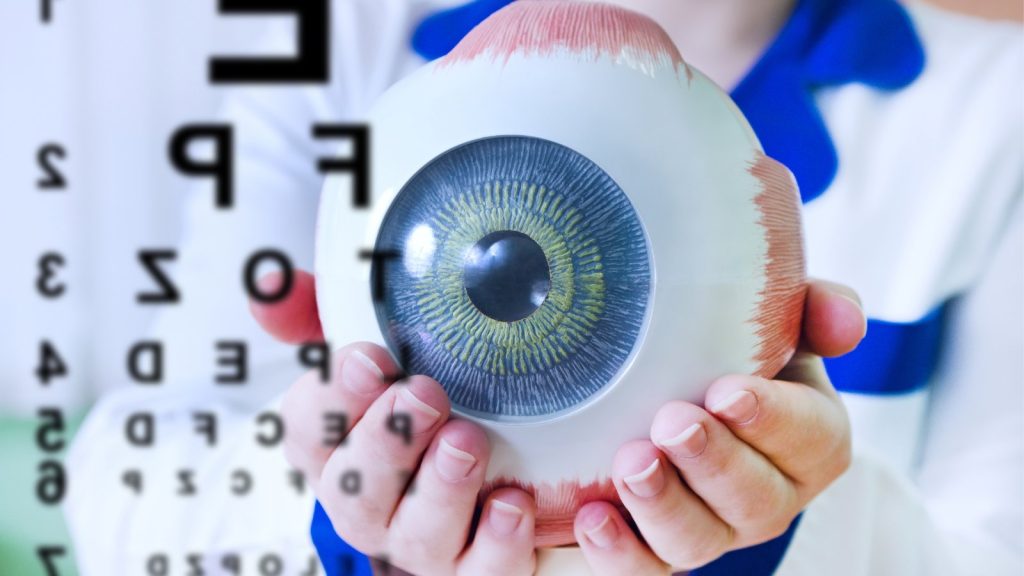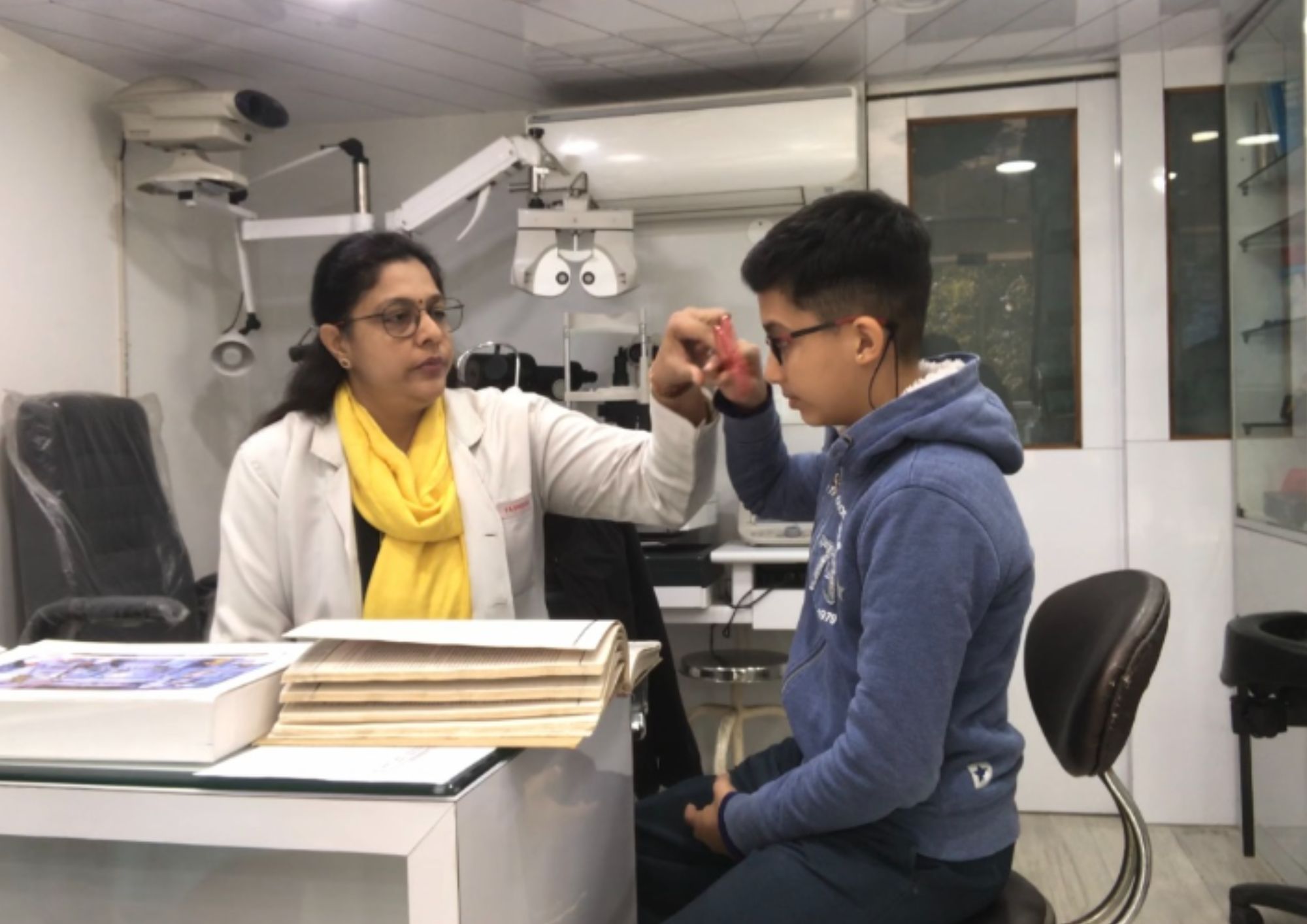Specialized Retina Service Near Me: Top-Notch Eye Care Professionals
Specialized Retina Service Near Me: Top-Notch Eye Care Professionals
Blog Article
The Duty of Advanced Diagnostic Equipment in Identifying Eye Disorders
In the realm of ophthalmology, the usage of sophisticated diagnostic devices has actually reinvented the very early recognition and administration of numerous eye conditions. As the demand for exact and timely medical diagnoses proceeds to expand, the integration of advanced tools like optical comprehensibility tomography and aesthetic area testing has actually come to be indispensable in the realm of eye care.
Significance of Early Medical Diagnosis
Very early diagnosis plays a pivotal duty in the efficient management and treatment of eye problems. Prompt identification of eye problems is vital as it enables for punctual treatment, potentially avoiding more development of the illness and lessening long-lasting issues. By discovering eye conditions at an early stage, medical care carriers can supply proper therapy strategies customized to the specific problem, ultimately causing far better results for individuals. Early medical diagnosis allows clients to access necessary assistance services and sources sooner, enhancing their total quality of life.

Modern Technology for Identifying Glaucoma
Sophisticated analysis innovations play an important role in the very early discovery and monitoring of glaucoma, a leading cause of irreversible loss of sight worldwide. One such innovation is optical comprehensibility tomography (OCT), which provides thorough cross-sectional photos of the retina, enabling the measurement of retinal nerve fiber layer thickness. This measurement is important in assessing damages triggered by glaucoma. Another innovative tool is visual area screening, which maps the level of sensitivity of a patient's visual area, assisting to detect any kind of areas of vision loss feature of glaucoma. Additionally, tonometry is used to determine intraocular stress, a significant risk element for glaucoma. This examination is critical as elevated intraocular stress can result in optic nerve damages. More recent modern technologies like the usage of artificial intelligence formulas in assessing imaging data are revealing promising results in the very early discovery of glaucoma. These advanced diagnostic tools enable ophthalmologists to diagnose glaucoma in its beginning, allowing for timely intervention and better management of the illness to avoid vision loss.
Role of Optical Coherence Tomography

OCT's capacity to measure go retinal nerve fiber layer density enables for accurate and unbiased measurements, aiding in the early discovery of glaucoma even before aesthetic field issues end up being apparent. In addition, OCT innovation allows longitudinal tracking of structural adjustments gradually, assisting in individualized therapy strategies and timely treatments to assist maintain clients' vision. The non-invasive nature of OCT imaging additionally makes it a favored selection for keeping an eye on glaucoma development, as it can be repeated consistently without causing discomfort to the individual. On the whole, OCT plays a critical function in enhancing the analysis accuracy and management of glaucoma, inevitably adding to far better end results for individuals in jeopardy of vision loss.
Enhancing Medical Diagnosis With Visual Area Screening
A crucial part in extensive ophthalmic examinations, aesthetic field screening plays a pivotal function in improving the diagnostic process for various eye disorders. By examining the complete degree of a client's aesthetic area, this test gives critical details concerning the practical integrity of the entire aesthetic path, from the retina to the visual cortex.
Visual area screening is especially important in the diagnosis and management of problems such as glaucoma, optic nerve problems, and different neurological diseases that can affect vision. Via quantitative measurements of outer and main vision, clinicians can spot subtle modifications that might show the visibility or progression of these disorders, also before noticeable signs and symptoms happen.
Additionally, visual area testing enables the monitoring of treatment efficacy, helping ophthalmologists tailor therapeutic treatments to specific clients. eyecare near me. By tracking adjustments in visual field performance over time, healthcare providers can make educated choices about changing drugs, recommending medical treatments, or executing various other ideal steps to protect or improve a client's aesthetic function
Handling Macular Deterioration

Conclusion
Finally, advanced analysis tools play a vital role in determining eye disorders early. Technologies such as Optical Comprehensibility Tomography and visual area testing have significantly improved the accuracy and you could look here efficiency of identifying problems like glaucoma and macular degeneration. Early discovery permits for timely treatment and monitoring of these conditions, eventually resulting in better end results for clients. It is crucial for healthcare experts to remain upgraded on these advancements to offer the very best possible care for their individuals. eyecare near me.
Report this page